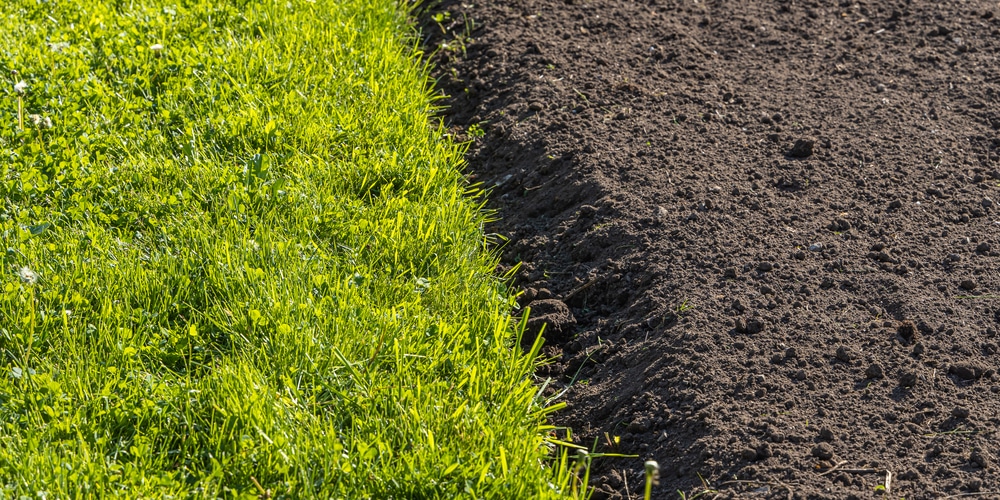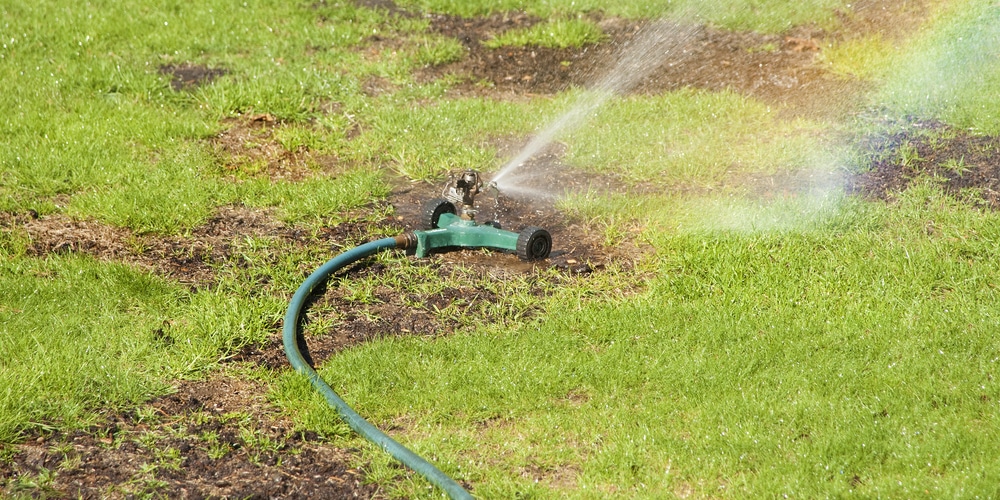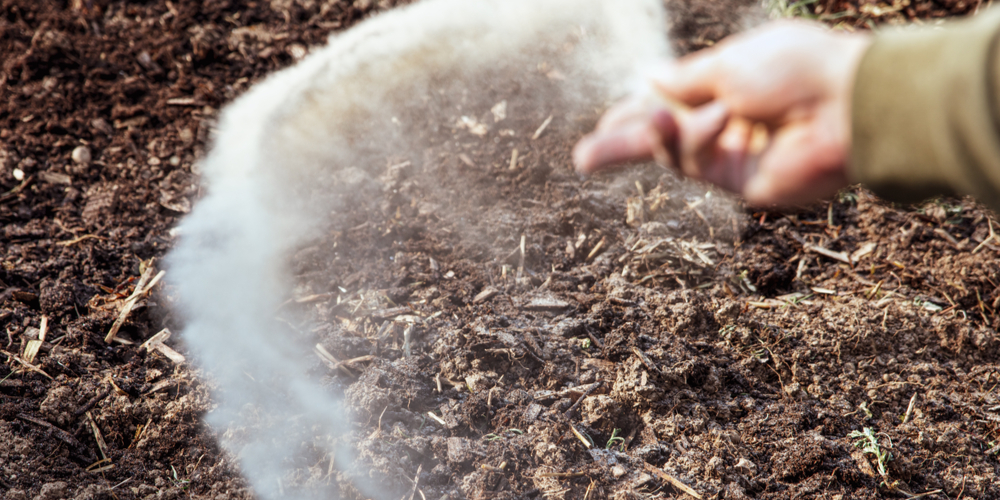Advancements in Genetic Engineering of Grass Seeds
Recent advancements in genetic engineering are transforming how you approach the cultivation and maintenance of grass, leading to revolutionary progress in grass seed attributes. Here’s a glimpse into the state-of-the-art developments.
CRISPR and Gene Editing Techniques
The CRISPR-Cas9 system is one of the most exciting tools in modern genetics, enabling precise modifications in grass seed DNA.
- Specific genes can be targeted, aiding the development of characteristics such as faster growth.
- Desirable traits are easily integrated, paving the way for grass varieties that can thrive in less-than-ideal conditions.
Drought Tolerance Enhancements
Creating grass that can survive with minimal water is crucial for sustainable lawncare. Advances have led to:
- Improved root systems, allowing grass to access water from deeper soil layers.
- Modified leaf structures that reduce water loss, ensuring that your lawn stays green even during dry spells.
Disease Resistance Improvement
Ensuring that your grass can withstand disease is imperative for a healthy lawn. Attributes of disease-resistant grass seeds include:
- Natural resistance to common fungal afflictions, limiting the need for chemical treatments.
- Robust immune responses, which equip the grass to fend off various pathogens effectively.
Smart Coating Technologies for Seeds
Innovations in seed coating technologies are enhancing seed viability and agricultural efficiency. These smart coatings are tailored to augment seed performance in various growing conditions.
Nutrient-Rich Seed Coatings
- Improved Germination: Coatings enriched with essential nutrients can promote germination rates and ensure seedlings have the necessary resources to establish rapidly.
- Enhanced Root Development: The inclusion of micronutrients fosters stronger root systems, equipping plants to access soil nutrients more effectively.
Water Retention Coatings
- Moisture Management: Water-holding polymers within the coatings can retain moisture around the seed, mitigating the effects of dry spells.
- Consistent Growth: This innovation helps maintain a consistent level of moisture, crucial for uniform seedling development, and prevents water stress during critical growth stages.
Pest Deterrent Coatings
- Natural Repellants: Certain coatings can integrate natural pest deterrents to protect young seedlings from common pests.
- Chemical Reduction: By embedding these deterrents directly onto the seed, you reduce the need for additional chemical applications, contributing to a more sustainable approach to pest management.
Eco-Friendly and Sustainable Grass Seed Options
Embracing eco-friendly and sustainable grass seed options guarantees you’re nurturing your lawn in harmony with the environment. These innovative solutions focus on reducing water usage, minimizing the need for chemical fertilizers, and fostering a healthier ecosystem right in your backyard.
Organic Seed Development
Developing organic grass seed is a cornerstone of creating a more environmentally-conscious lawn. Specific advancements include:
- Seed purity: Ensuring seeds are free from synthetic chemicals during both cultivation and processing.
- Biodiversity: Favoring a mix of species that are naturally disease-resistant, reducing the dependence on chemical treatments.
Organic seeds are gaining traction, and you can find options such as sustainable, eco-friendly variants that cater to those looking to make a positive impact.
Low-Maintenance Plant Varieties
Selecting low-maintenance plant varieties is a smart choice for the eco-savvy gardener. Here’s why:
- Water conservation: These plants typically require less water, which conserves this precious resource and saves you money.
- Reduced mowing: Varieties like buffalograss grow slowly, cutting down on the need for frequent mowing, saving time and reducing carbon emissions.
Integration of Grass Seed Innovations with Smart Agriculture
Innovations in grass seed are becoming increasingly intertwined with smart agriculture, enhancing efficiency and adaptability. These advances leverage technology to tailor grass cultivation to specific environmental conditions and needs.
Sensor-Based Irrigation Systems
- Targeted Watering: You can now use advanced sensors to measure soil moisture content with precision, ensuring your grass seed receives optimal irrigation. This mitigates water wastage and supports the growth of healthier, more resilient grass varieties.
- Real-time Adjustments: These systems allow you to adjust watering schedules based on real-time data. For example, if rain is forecasted, your irrigation can halt automatically, conserving water and adapting to changing weather conditions.
Drone Monitoring and Analysis
- Aerial Insights: Drones equipped with cameras and sensors can provide you with a bird’s eye view of your grass, offering insights into growth patterns, health, and areas in need of attention.
- Precision Application: Through the analysis provided by drone technology, you can apply fertilizers and other treatments only where needed, reducing costs and environmental impact. This targeted approach ensures your grass seeds develop into robust turf exactly where and how you want it.
Frequently Asked Questions
As the grass seed industry evolves, new innovations and technologies are proving vital to enhancing performance and sustainability. Explore the latest trends answering your most pressing questions on grass seed advancements.
What innovations are enhancing grass seed germination rates?
- Coating technologies that improve water retention.
- Biostimulants that enhance seed vigor and germination speed.
Are there new types of grass seed that can thrive in colder climates?
- Genetic selection has led to Cool Season Grass varieties with improved cold tolerance.
- Breeding programs are focusing on species diversity for resilience to freezing temperatures.
How is technology improving the shelf-life of grass seeds?
- Advanced packaging methods that reduce moisture and prevent spoilage.
- Use of natural antioxidants to protect seed viability over time.
What advances have been made in drought-resistant grass seed varieties?
- Development of drought-resistant strains through traditional breeding and molecular genetics.
- Introduction of species with deep root systems for better water use efficiency.
How has genetic engineering impacted the development of new grass seeds?
- Introduction of genetically modified grass that is resistant to pests and diseases.
- Customization of grass seed to suit specific environmental conditions and uses.
What are the environmental impacts of the latest grass seed innovations?
- Reduction in the need for chemical inputs like fertilizers and pesticides.
- Sustainable landscaping benefits, including less water consumption and support for biodiversity.
Last update on 2025-04-27 / Affiliate links / Images from Amazon Product Advertising API





